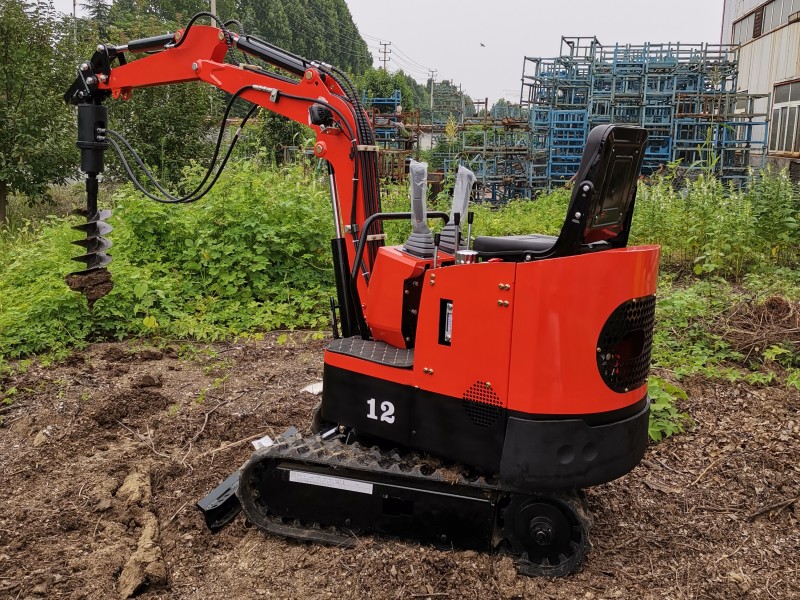With the continuous development of urban construction and the enhancement of people's environmental awareness, the demand for small excavators is also increasing. Small excavators can be used for various tasks such as digging foundations, building roads, constructing solid waste treatment plants, cleaning sewers, etc.
Small excavators are usually divided into three parts in size: fuselage, dipper, and bucket.
The fuselage is the core part of the small excavator. It usually consists of chassis, chassis host, hydraulic system, cab and engine. The size of the fuselage will affect the driving stability and working depth and range of the small excavator. Generally speaking, the fuselage length of a small excavator is generally between 2.5 meters and 4.5 meters, and the width is generally between 1.2 meters and 2.2 meters.
The dipper is the part that connects the fuselage and the bucket. Its length, diameter, and strength will affect the operational flexibility and efficiency of the small excavator. Generally speaking, the length of the dipper is generally between 2.7 meters and 4.2 meters, and the diameter is generally about 6cm.
The bucket is an important operating part of the small excavator and is also a commonly used part. The size of the bucket will affect the digging depth and volume of the small excavator. Generally speaking, the bucket volume of a small excavator is between 0.02 cubic meters and 0.1 cubic meters, and can reach 0.8 cubic meters in the case of a heavy bucket.
Therefore, small excavator manufacturers will formulate product size specifications based on market demand, performance, power and other factors in terms of size, and reduce product costs and improve product performance to a large extent while meeting usage requirements. Of course, for users, when purchasing a small excavator, they should also choose the corresponding product based on their actual usage needs, economic capabilities and quality requirements, and also pay attention to the maintenance of different models.
